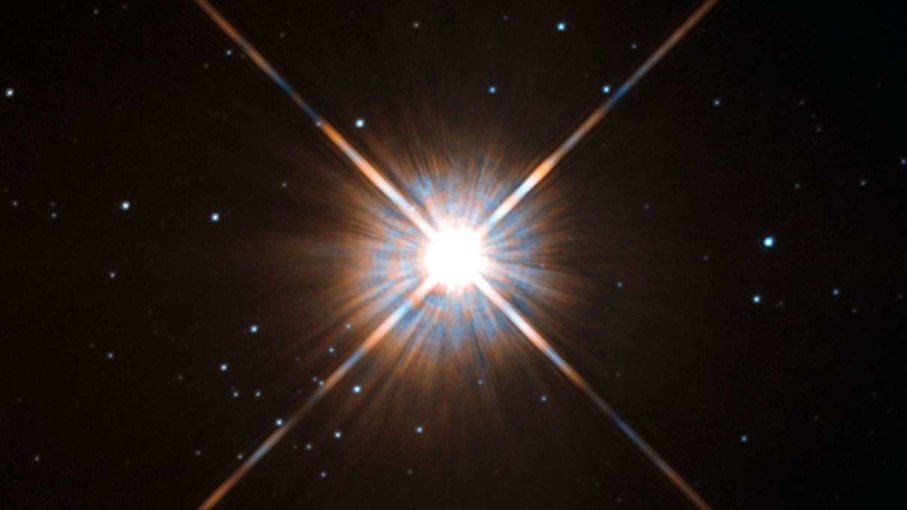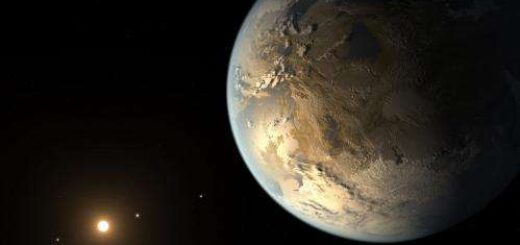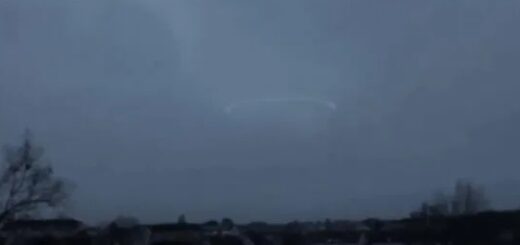Closest Exoplanet Yet Confirmed By European Southern Observatory

There’s a planet not too far away from our solar system that’s just a bit larger than Earth. Its year is just 11.2 Earth days long. It’s made of rock. And, because it has a snug orbit in the habitable zone around a cool red star, it may be possible for liquid water to exist on its surface. It’s Proxima b, the closest exoplanet we’ve ever discovered.
The European Southern Observatory confirmed the news, and the research supporting the discovery appeared in the journal Nature. It’s an enormous story in astronomy. Proxima Centauri, the planet’s host star, is about 4.25 light-years from our sun. That’s right next door, astronomically speaking.
Proxima b is probably very different from our planet in many ways. For one thing, it’s so close to its parent star that it likely receives much more radiation than Earth. If the planet is in tidal lock with Proxima Centauri, meaning the same side of the planet faces the star all the time, then areas facing away from the star might still have the conditions necessary to allow for liquid water. And if water can exist there, maybe life can as well.
Astronomers discovered the planet by observing Proxima Centauri directly. They didn’t rely upon the transit method; that’s when a planet’s path crosses between its star and Earth, causing the amount of light from the star to dip slightly. Instead, scientists watched for the telltale wobble of Proxima Centauri itself. While stars exert a powerful gravitational force on orbiting planets, the planets pull back on the star. It’s enough to cause a star to move slightly, responding to the pull of the planet. From our perspective, the star seems to wobble.
Proxima b is much smaller than the planets we usually detect through this method. Normally, we’d be restricted to gas giants like Jupiter. But because of Proxima Centauri’s relative proximity to our solar system, the effect was easier to detect.
What does this mean? First, it means any pictures you see of Proxima b are artist renderings and aren’t actual images of the planet itself. That’s a bummer. One day we may build telescopes powerful enough to differentiate Proxima b from Proxima Centauri, but none of the ones we have right now will do the job. But the researchers hope this news will inspire other teams to take a closer look at Proxima Centauri in an effort to learn as much as we can from our neighbor.
As we improve our tools and methods for detecting exoplanets, the galaxy is turning out to be a bit more crowded than we first imagined. Even if only a fraction of those exoplanets are in the habitable zone around their respective stars, it suggests that we may not be alone out here. Maybe we won’t find any awesome alien civilizations on Proxima b. But it’s possible that the tools we develop as we take a closer look will one day give us a glimpse into alien life.



 Creators of mankind
Creators of mankind Description of “Tall white aliens”
Description of “Tall white aliens” Where they came from?
Where they came from? About hostile civilizations
About hostile civilizations The war for the Earth
The war for the Earth “Tall white aliens” about eternal life
“Tall white aliens” about eternal life Video: “Nordic aliens”
Video: “Nordic aliens” Aliens
Aliens Alien encounters
Alien encounters The aliens base
The aliens base UFO
UFO Technology UFO
Technology UFO Underground civilization
Underground civilization Ancient alien artifacts
Ancient alien artifacts Military and UFO
Military and UFO Mysteries and hypotheses
Mysteries and hypotheses Scientific facts
Scientific facts


















